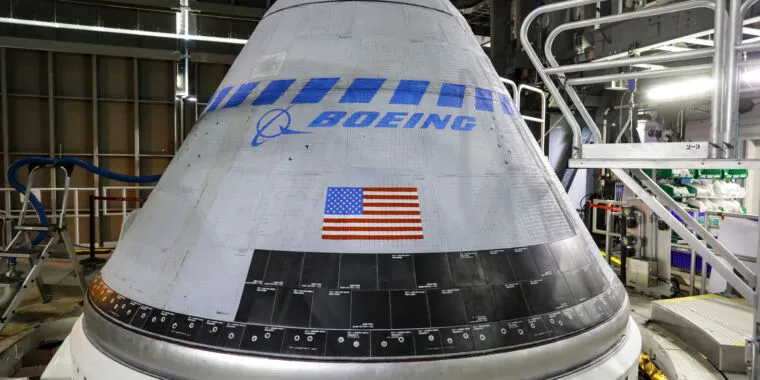- cross-posted to:
- [email protected]
- cross-posted to:
- [email protected]
It’s unlikely Boeing can fly all six of its Starliner missions before retirement of the ISS in 2030.
Assuming the investigation doesn’t uncover any additional problems, and NASA and Boeing return Starliner to flight with astronauts in 2026, there will not be enough time left in the space station’s remaining life—as it stands today—for Starliner to fly all six of its contracted missions at a rate of one per year. It’s difficult to imagine a scenario where NASA elects to fly astronauts to the space station exclusively on Starliner, given SpaceX’s track record of success and the fact that NASA is already paying SpaceX for crew missions through the end of this decade.
It is noteworthy to mention here that NASA has only given Boeing the “Authority To Proceed” for three of the potential six operational Starliner missions. This milestone, known as ATP, is a decision point in contracting lingo where the customer—in this case, NASA—places a firm order for a deliverable. NASA has previously said it awards these task orders about two to three years prior to a mission’s launch.



I expect they’ll make a change to whatever is responsible for the helium leaks. But as for keeping the thrusters healthy, Steve Stich keeps talking about software/operational changes as a way to accomplish that, so we might not see much of a redesign (at least in the short/medium term).
Wasn’t it actually February 2025? With the delay to August 2025 only announced very recently, as a result of all these CFT problems?
And that might be all the extra time Boeing needs. Especially considering my previous point.
Well, yes, as a bare minimum.
Will it be their decision, when the people being transported are NASA astronauts? I could easily see NASA wanting to continue their ‘dissimilar redundancy’ policy indefinitely.